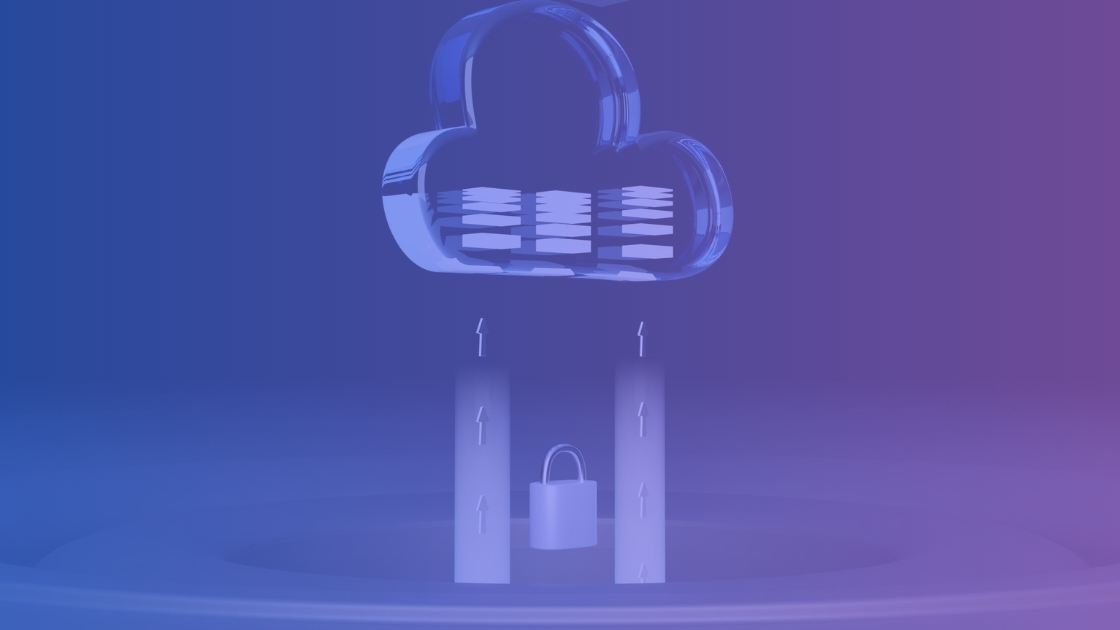Today, hreats are multiplying, ranging from malware attacks to advanced phishing attempts. At the same time, Artificial Intelligence (AI) has become a major driver of innovation and operational efficiency. Organizations are integrating AI into their processes to boost productivity and stay competitive in the market.
As a result, modern employees see AI as a powerful tool to enhance business operations, automate repetitive tasks, and develop innovative applications. However, this widespread adoption of AI also raises security challenges. Companies must now ensure their systems are protected against malicious attacks and intrusions.
The Role of CISOs and IT Administrators
Information Security Officers (CISOs) and IT administrators play a key role in this new reality. They are tasked with protecting sensitive company data from cyber threats while enabling the effective and secure use of AI.
- Balancing Innovation and Security
CISOs must strike a balance between adopting new technologies, like AI, and ensuring these innovations do not expose the company to unnecessary risks. They need to evaluate every new application or system, particularly AI-based ones, to ensure they comply with the company’s security policies.
- Access and Permission Management
AI introduces new complexities to access management, requiring CISOs to ensure that only authorized users can access sensitive data and AI functionalities. Implementing granular access controls and multi-factor authentication (MFA) is essential to prevent unauthorized access and maintain security integrity.
- Threat Detection and Response
IT administrators must implement threat detection solutions that can swiftly identify suspicious activities and respond in real time. By integrating AI into security tools, organizations can significantly improve their ability to detect anomalies and respond to incidents more effectively.
- Regulatory Compliance
Many businesses must comply with strict data protection regulations, such as the GDPR in Europe. CISOs must ensure that AI solutions and the data they process comply with these regulations, as non-compliance can lead to hefty fines and damage to the company’s reputation.
Power Platform Security Features
Microsoft has announced several new security features for Power Platform:
- Security Hub: Administrators can now manage Power Platform security at scale through the new Security Hub in the Power Platform admin center.
- Advanced Data Exfiltration Protection: These features include the next generation of network isolation and continuous user access rights evaluation.
- Microsoft Sentinel Integration: Power Platform now integrates with Microsoft Sentinel to provide a holistic view of security in Security Information and Event Management (SIEM).
The Security Hub
The Security Hub is an integrated feature within the Power Platform admin center, designed to assist IT administrators and security officers in effectively managing, monitoring, and enhancing the security of their Power Platform environment. This centralized tool streamlines security management and offers a range of functions and benefits, including:
Key Functions of the Security Hub
Security Posture Assessment
- Security Overview: The Security Hub offers a comprehensive view of your Power Platform environment’s security. It provides a quick overview of security status, risk areas, and weak points.
- Identifying Vulnerabilities: It helps identify specific vulnerabilities and configuration issues that could expose your organization to risks.
Improvement Recommendations
- Practical Advice: The Security Hub provides practical, best-practice-based recommendations to improve security. These recommendations are prioritized based on their potential impact on security. Administrators also receive clear instructions on actions to take to address identified issues and strengthen security.
Security Policy Management
- Policy Definition: It allows the centralized definition and enforcement of security policies. For example, you can set rules to control access to sensitive data or restrict certain user actions.
- Proactive Setup: By defining proactive policies, administrators can anticipate and prevent threats before they become serious issues.
Continuous Monitoring
- Threat Detection: The Security Hub continuously monitors your Power Platform environment to detect suspicious activities or potential threats.
- Alerts and Notifications: It sends real-time alerts and notifications when security issues are detected, enabling quick and appropriate responses.
Benefits of the Security Hub
- Centralized Security Management: Bringing all security functions into a single hub simplifies management and monitoring for administrators.
- Responsiveness and Efficiency: By providing clear recommendations and real-time alerts, the Security Hub enables security teams to respond quickly to threats and vulnerabilities.
- Continuous Improvement: With ongoing monitoring and regular assessments, businesses can continuously improve their security posture and stay ahead of potential threats.
- Compliance: The Security Hub also helps organizations meet security standards and regulations by providing tools to proactively manage compliance.
Sensitivity Labels with Microsoft Purview Data Map
These data security and management tools are designed to help businesses protect and manage sensitive information effectively.
Sensitivity Labels
They are tags that can be applied to documents, emails, databases, and other data types to indicate their sensitivity level and define the associated security rules. Here are some of their features and benefits:
- Data Classification:
- Sensitivity Levels: Labels allow data to be classified by sensitivity level, such as Public, Internal, Confidential, or Highly Confidential.
- Data Protection: Depending on the applied label, different protection measures can be automatically enforced, such as encryption, access restriction, or the application of watermarks.
- Automatic Application:
- Rules and Policies: You can define rules to automatically apply sensitivity labels to data based on its content or other criteria.
- Reducing Human Error: By automating data classification and protection, you reduce the risk of human error and ensure consistent protection.
- Monitoring and Compliance:
- Auditing and Reporting: Sensitivity labels allow tracking and auditing of sensitive data usage, facilitating compliance with security regulations and standards.
Microsoft Purview Data Map
Microsoft Purview Data Map is a data management tool that enables businesses to map, understand, and manage their data. It works in conjunction with Sensitivity Labels to provide complete visibility and control over sensitive data. Here’s how it works:
- Data Mapping:
- Data Discovery: Purview Data Map automatically discovers data across various systems and maps it, providing an overview of available information.
- Automatic Classification: It identifies and classifies sensitive data using predefined or custom rules.
- Sensitivity Label Management:
- Label Application: You can apply sensitivity labels to mapped data, whether structured (databases) or unstructured (documents).
- Consistency: Ensures that similar data receives the same protections wherever it is located.
- Governance and Compliance:
- Data Policy: Create and enforce data governance policies to ensure that sensitive information is properly managed and protected.
- Auditing and Monitoring: Track data usage and ensure it complies with security and compliance policies.
For example, if your business handles sensitive financial information, you can use sensitivity labels to mark that data as “Highly Confidential.” Then, Microsoft Purview Data Map will discover and map all instances of this data across your environment, automatically applying labels and ensuring that only authorized individuals can access it. This allows you to effectively protect sensitive data, comply with regulations, and minimize risks.
Advanced Data Protection and Network Isolation
Power Platform offers advanced solutions to restrict data access while ensuring secure usage. For example, virtual network support allows Power Platform resources to connect to Azure services via private networks, preventing data exposure on the public network.
This feature enables businesses to isolate sensitive data and protect it from unauthorized access. Secure connections to Azure services, such as Azure SQL Database and Azure Key Vault, are made easier, and an IP firewall can restrict Dataverse data access only to authorized IP addresses.
Don’t hesitate to contact our experts to learn more about Microsoft Power Platform and for your future projects.






